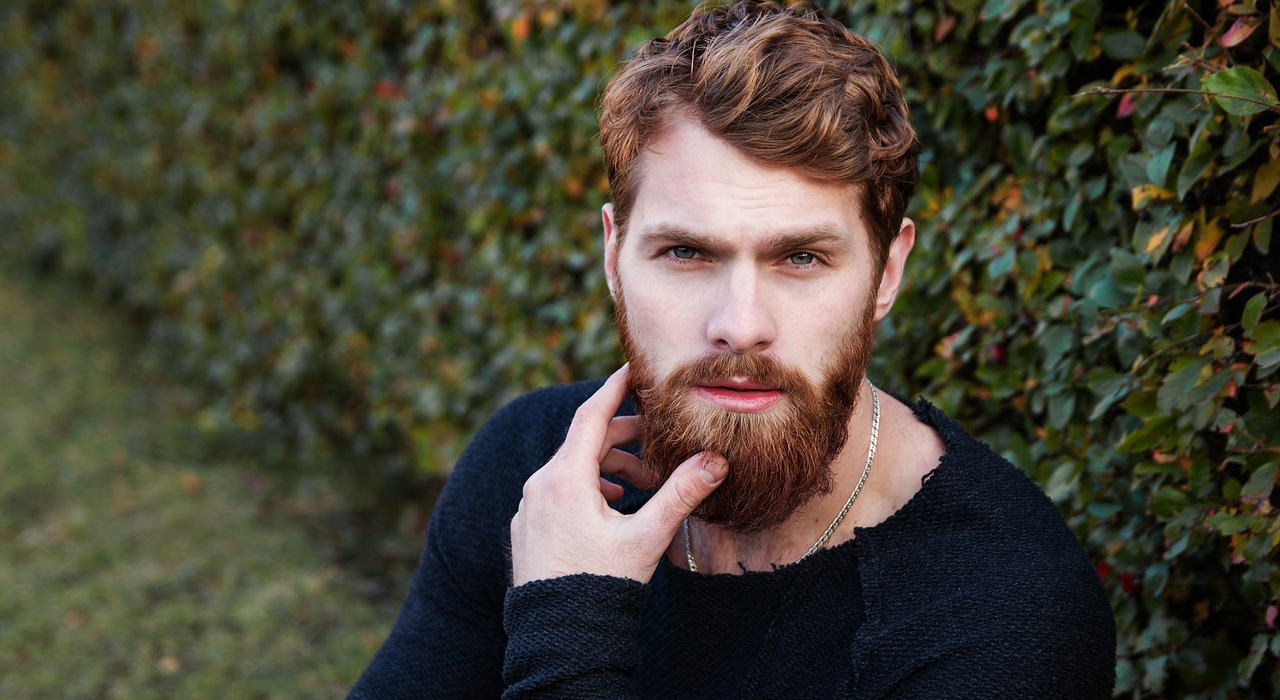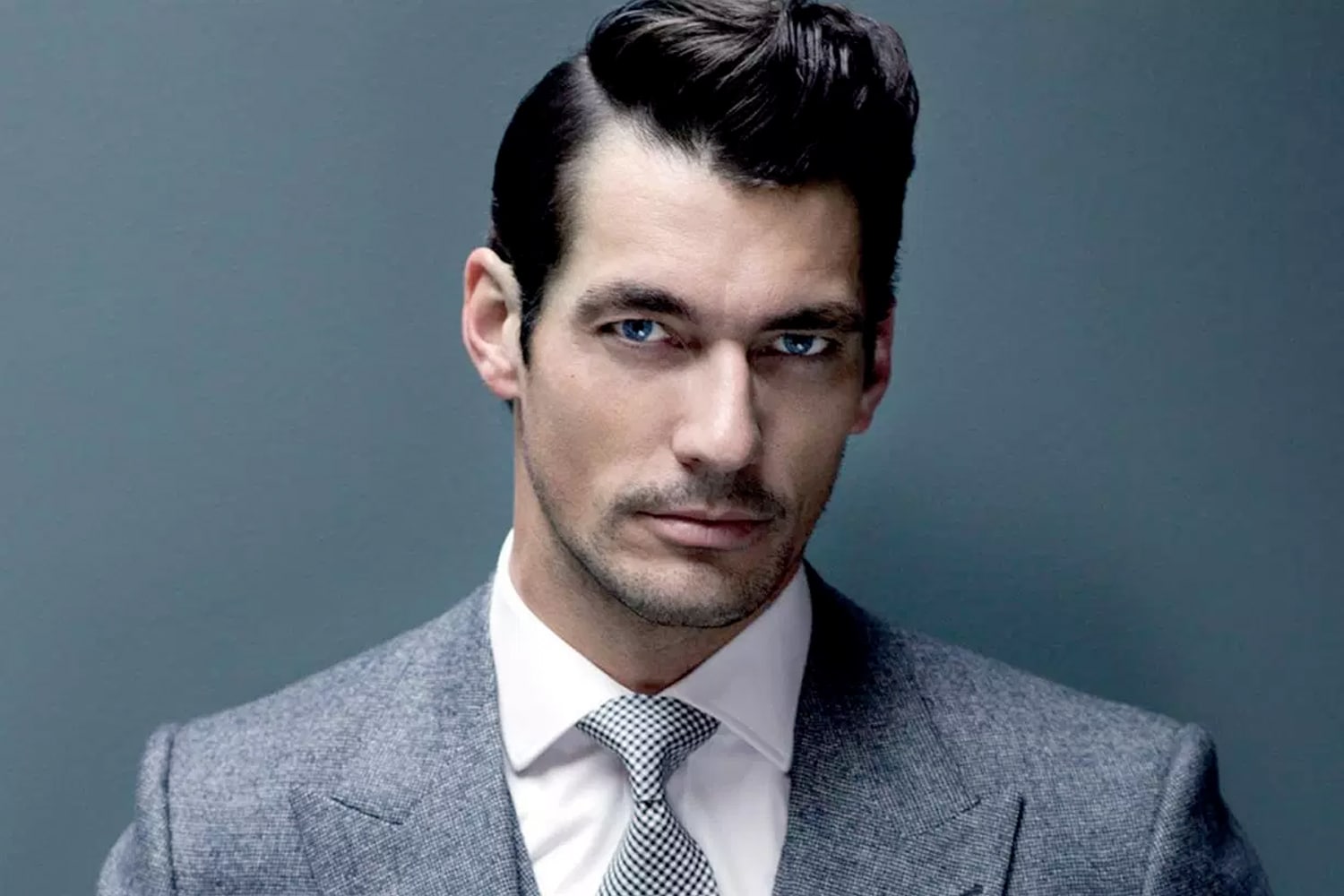The Dance Of Life: Understanding Male And Female Horse Mating
Table of Contents:
- Introduction
- The Equine Reproductive System: An Overview
- The Mare's Oestrous Cycle: Timing is Everything
- Stallion Fertility: A Year-Round Readiness
- Courtship and Behavioral Signals: The Equine Love Language
- The Act of "Covering": Male and Female Horse Mating in Action
- Human Management and Breeding Techniques for Success
- The Fascinating World of Equine Hybrids
- Conclusion: The Future of Equine Generations
Introduction
Horse reproduction is a complex and fascinating process that is essential for the continuation of the equine species. Gaining knowledge about horses’ reproductive process is captivating for enthusiasts and also crucial for breeders aiming to produce healthy and prosperous offspring. If you’re wondering how do horses mate, this article explains the anatomy, behaviors, and mating process of the animal, providing a comprehensive look into the world of male and female horse mating.
From natural mating rituals to horse breeding techniques and the foaling process, this blog aims to explore the basics of horse mating, including the role of hormones, behavioral signals, physical aspects, and factors affecting mating. We will discover the process from courtship rituals and signals to the actual mating act, whether in the wild or under human management. Understanding the intricacies of equine reproductive anatomy, the breeding cycle of horses, and the various equine breeding practices is crucial for breeders and horse enthusiasts alike. This article offers a unique mix of detailed information to help you explore wild courtship rituals, domestic breeding methods, and the science of equine reproduction.
- Gooner
- What Is Wrong With King George Iii In Queen Charlotte
- T%C3%BCrk Sotwe
- Mariah Carey Age 1994
- Jackie Jacobs
The Equine Reproductive System: An Overview
The journey of life for a horse begins with the intricate interplay of its reproductive systems. The reproductive anatomy of horses, similar to other mammals, features unique male and female structures designed specifically for procreation. At its core, the male horse (stallion) and the female horse (mare) come together for breeding, a fundamental process that ensures the survival and evolution of the equine species. To truly grasp the mechanics and marvel of male and female horse mating, one must first appreciate the distinct biological frameworks that facilitate it.
These systems, while serving the same ultimate goal of reproduction, are remarkably different in their design and function. The mare's system is cyclical and prepares for the development of new life, while the stallion's is built for consistent production and delivery. A thorough understanding of these individual components lays the groundwork for appreciating the synchronized dance that occurs during the mating process itself, highlighting the biological precision required for successful equine reproduction.
Mare Anatomy: The Female Reproductive System
The mare's reproductive system is a marvel of biological engineering, primarily designed for ovulation, fertilization, and gestation. It’s a complex network of organs, each playing a vital role in the reproductive cycle. At the heart of this system are the ovaries, which are responsible for producing eggs (ova) – the female gametes – and secreting crucial hormones like estrogen and progesterone. Estrogen orchestrates the mare's receptivity to mating and the development of follicles, while progesterone is essential for maintaining pregnancy.
From the ovaries, the oviducts, often referred to as fallopian tubes, extend. These delicate tubes act as conduits, transporting the released egg from the ovary to the uterus. It is typically within the oviducts that fertilization, the fusion of sperm and egg, occurs. The uterus itself is a Y-shaped, muscular organ where the fertilized egg implants and undergoes the remarkable transformation into a developing fetus. Its robust walls protect and nourish the growing embryo throughout the gestation period.
Connecting the uterus to the vagina is the cervix, a muscular ring that acts as a protective barrier, shielding the uterus from external infections. During the mare's estrous cycle, the cervix relaxes and dilates to allow the passage of sperm. It also dilates significantly during foaling to permit the birth of the foal. Finally, the vagina serves as the primary passageway for both mating and the birthing process, completing the anatomical pathway for equine reproduction.
Stallion Anatomy: The Male Reproductive System
In stark contrast yet perfect complement to the mare's system, the stallion's reproductive anatomy is meticulously designed for the continuous production, storage, and efficient delivery of sperm. This system ensures that the male is consistently ready to engage in male and female horse mating when a receptive mare is available.
The primary organs of the stallion's reproductive system are the testes, located within the scrotum. These vital glands are responsible for two critical functions: spermatogenesis, the production of sperm, and the synthesis of testosterone, the primary male hormone. Testosterone drives male secondary sexual characteristics, libido, and plays a crucial role in sperm production itself.
Attached to each testis is the epididymis, a highly coiled tube where newly produced sperm mature and gain their motility. This is also where mature sperm are stored until ejaculation. From the epididymis, the vas deferens, a muscular tube, transports the sperm towards the urethra during sexual excitement. Along this pathway, the sperm mix with fluids produced by the accessory sex glands, which include the seminal vesicles, prostate gland, and bulbourethral glands. These glands secrete seminal fluid, a nutrient-rich medium that provides energy for the sperm, protects them, and increases the volume of the ejaculate, forming semen.
The final component is the penis, the copulatory organ. During sexual arousal, the penis becomes erect, allowing for successful intromission into the mare's reproductive tract. Its design facilitates the precise delivery of semen, ensuring that the sperm are deposited in an optimal location for fertilization to occur during the act of covering. This intricate system allows stallions to be constantly prepared for their role in equine reproduction.
- Locicero Joe
- Lol Superman Video
- %C3%B0%C3%B0%C3%B0 %C3%B0%C3%B0%C3%B1%C3%B0%C3%B1%C3%B0%C2%B5%C3%B1%C3%B0
- Mary Hocus Pocus
- %C3%B9%C3%B8%C3%B8%C3%B9%C5%A1%C3%B9 %C3%B8%C3%B9%C3%B8%C3%B8%C3%B9%C5%A1%C3%B9%CB%86%C3%B9%C3%B9%C5%A1

The 8 Qualities Of A Confident and Masculine Man: Turn-On – The

Michael Yerger - Ford Models | Male model face, Beautiful men faces

Gents Models In Dresses